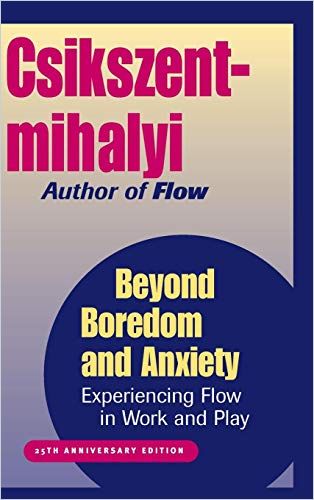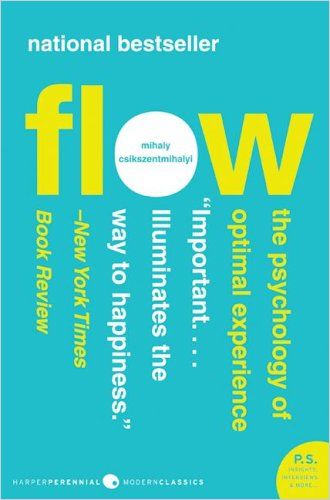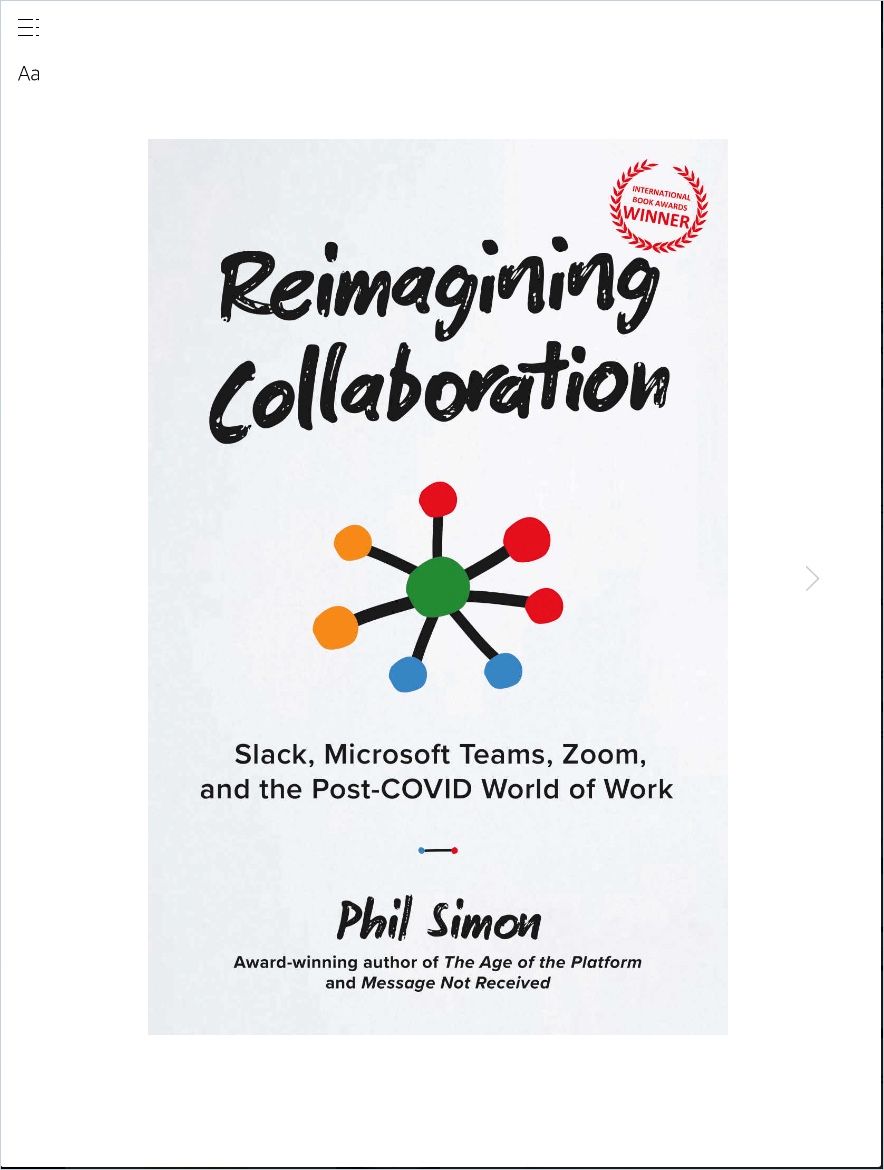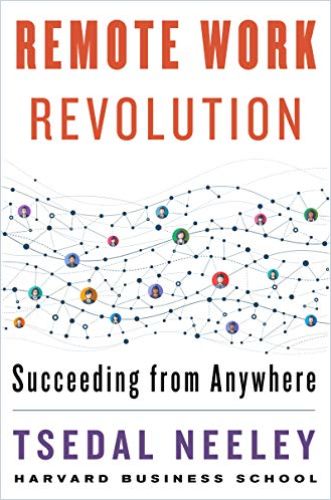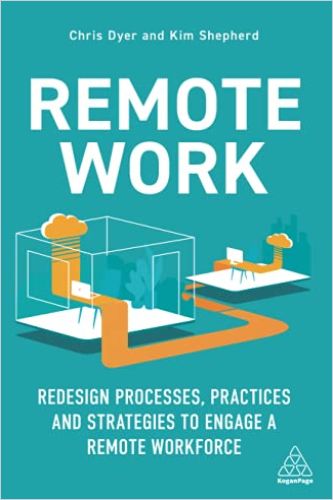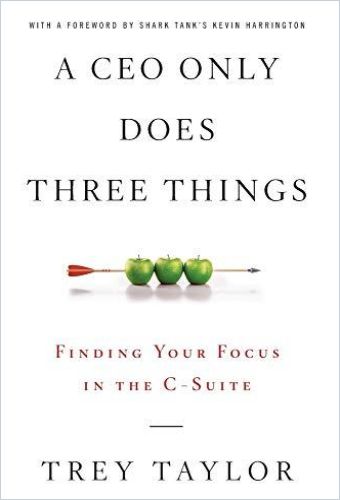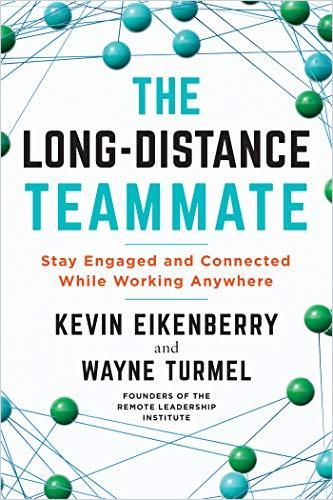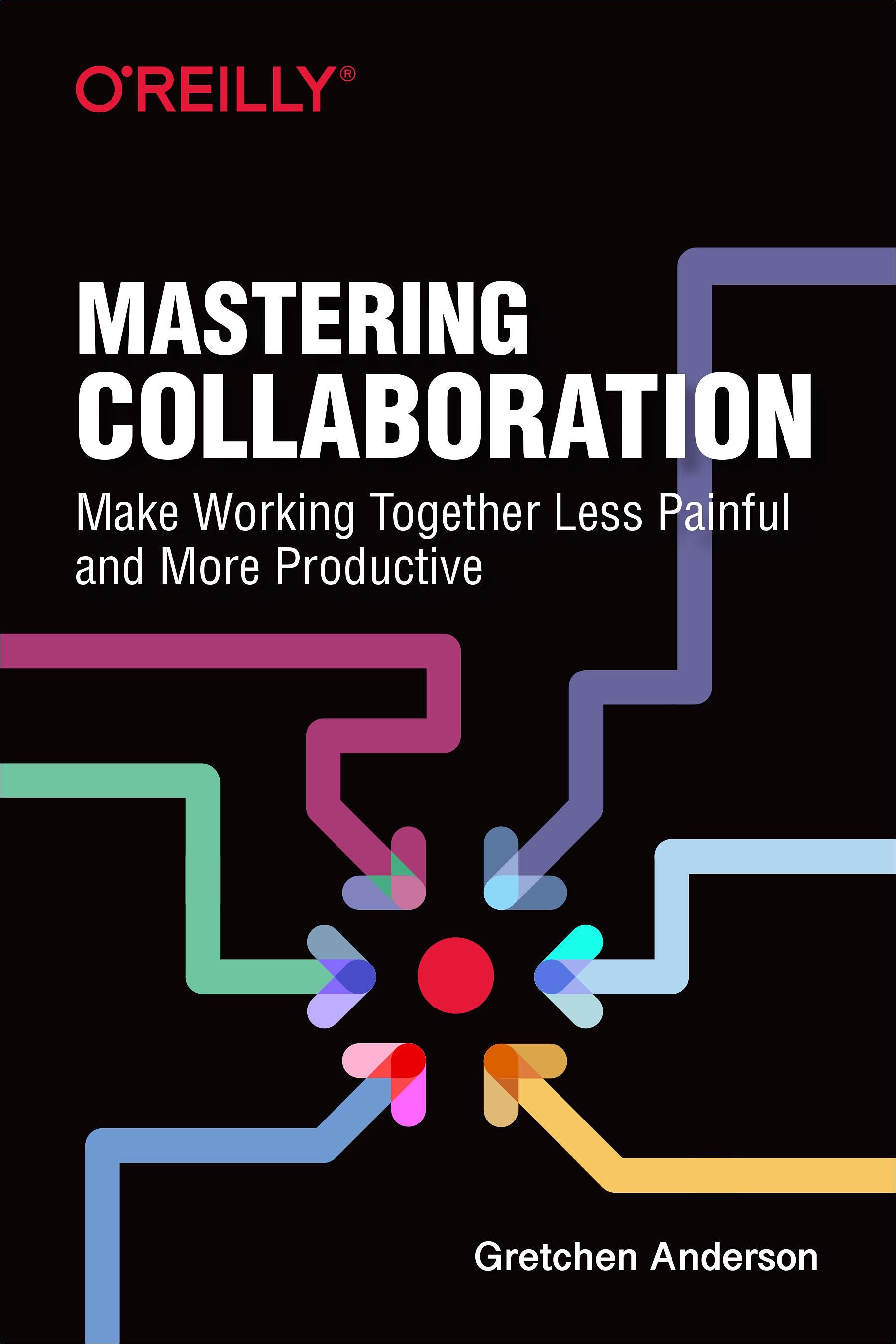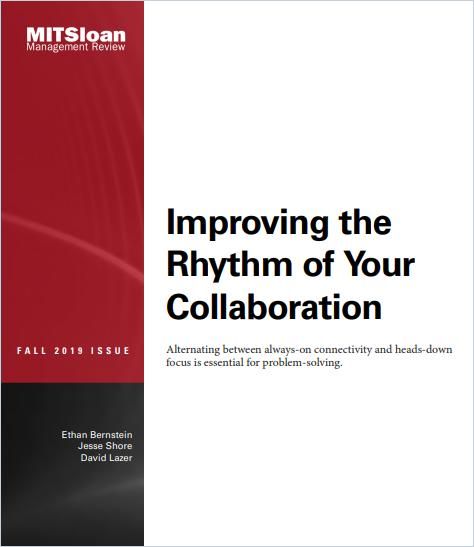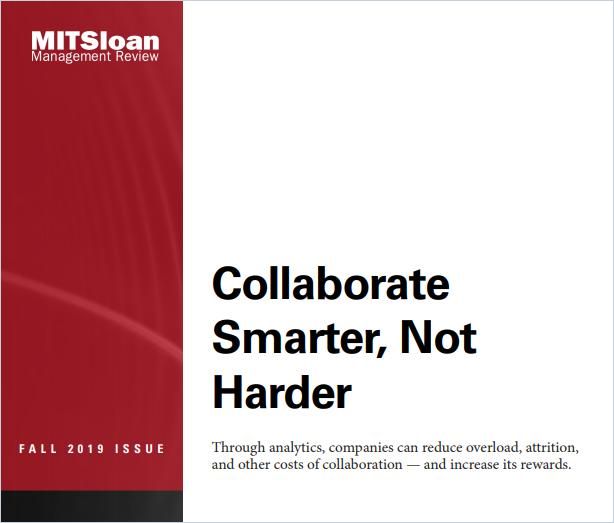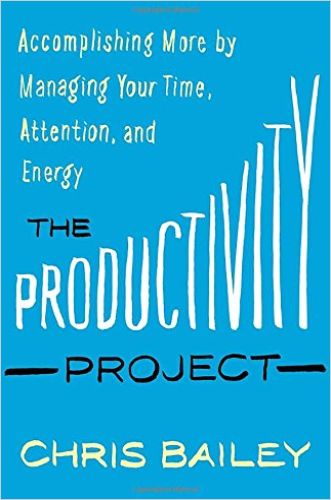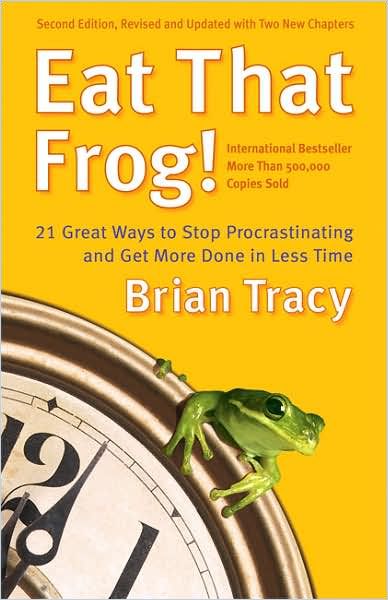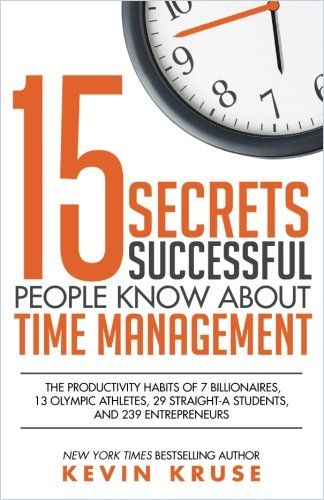Twenty-Three Minutes

Twenty-three minutes. That’s how long it takes on average to regain your focus after an interruption. The finding, which is based on a study conducted at the University of California, Irvine, is not a trivial matter. It has huge implications for productivity – and your company’s ability to compete in an advanced knowledge economy.
Interruptions and Task Switching
A major interruption, according to study co-author Gloria Mark, is one that requires thinking – one that makes you take your focus off a task and apply it to something else. For example, your office mate asking you to close the window next to you is not as significant an interruption as a co-worker’s request to schedule a meeting. Both interruptions may just take a minute. But presumably, you can close the window without taking your mind completely off the task you were focusing on and can get back to it quite quickly. This is not the case when you have to think through your calendar availability options.
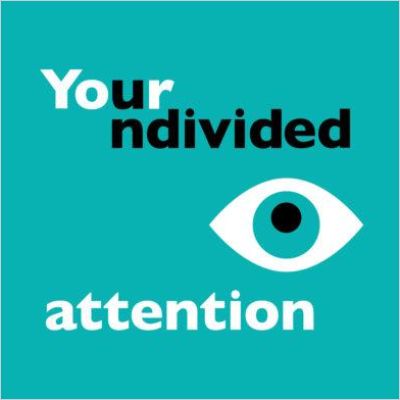
When you shift attention from one activity to another, you burn up oxygenated glucose – the same fuel your brain uses to keep your focus on a task. Continual task switching rapidly depletes this fuel. That’s why an unproductive day replete with multitasking and interruptions makes you feel more exhausted and stressed in the evening than a productive day of focused quality work.
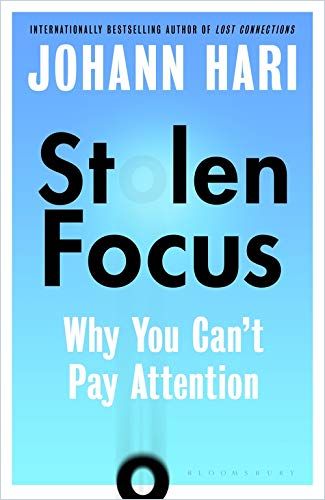
Besides increasing your mental workload for no good reason, frequent task switching and the accompanying feeling of not being able to keep up leave you feeling more stressed.
Moreover, your ability to think deeply and creatively is stymied. One study found that frequent switching between answering texts/emails and focusing on a task reduces your mental function by an average of 10 points on an IQ test. (For comparison, the effect of smoking cannabis is only about half of that!)
Frequent interruptions also prevent you from attaining a state of flow – a state of complete immersion in an activity that has been positively associated with increased happiness, better emotional regulation and greater creativity, among other benefits.
Lost Productivity
Consider this thought experiment: You have a report due tomorrow and plan to dedicate five hours of your workday to write it. Just five interruptions will slash your focus time in half – considering that each interruption has you spend almost 30 minutes to get back your focus.
On the surface, requests like, “Do you have a minute?” or “Can you read through this email quickly?” seem innocent enough. After all, you are solely asking for one minute of the other person’s time – except that you are not. If the person you interrupt is immersed in a task, your one-minute interruption translates into almost 30 minutes in lost productivity.
What’s more, applications like Teams and Slack have removed the friction of having to walk to someone else’s desk and tap the person on the shoulder.
Many knowledge workers today thus find themselves in a constant frenzy of digital back-and-forths. Indeed, Marks’s study found that employees are interrupted approximately every three minutes and five seconds.
Locking yourself in a room and turning off your text and email alerts, however, won’t automatically solve the problem. According to Mark’s study, roughly half of the interruptions we experience are self-interruptions. Recent statistics suggest that people on average check their smartphones 150 times per day, and that the average professional checks their email about every 37 minutes. Similarly, an analysis of productivity app RescueTime users revealed that the average knowledge worker checks email and other incoming messages about every six minutes.
These findings help explain a seeming paradox that in part prompted Cal Newport to write his bestseller, Deep Work: Despite the added efficiency that modern technology has brought to the workplace, there is little evidence that knowledge workers have become more productive over the past few decades.
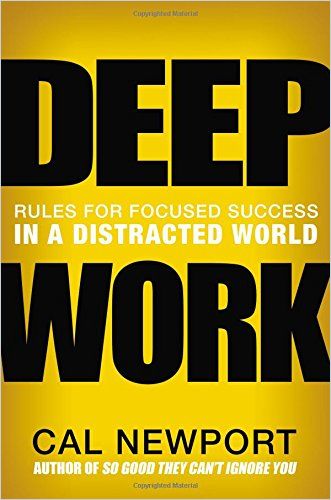
What knowledge workers lack, Newport explains in A World Without Email (summary forthcoming), is structured processes. In manufacturing, companies were able to make the most of new technology and boost productivity through process optimization and better organization. In the knowledge sector, by contrast, employees have been mostly left to their own devices when it comes to organizing their work.
It’s an illusion to think, however, that each knowledge worker can just set up their own work process and run with it. Knowledge workers are part of a system, a team of collaborators. If everyone is emailing and messaging each other throughout the day to get the inputs they need to advance on their tasks, opting out is not an option for any one member of the collaboration network.
The knowledge sector has enormous untapped potential for boosting productivity.
A good start is by setting up workflows that minimize interruptions. Leaders, teams and individual knowledge workers can start with the following best practices:
Leaders: Provide the Structure
Inefficient workflows are a systemic problem – so change must start at the top. Leaders can emphasize the importance of focused work and put structures in place that enable uninterrupted workflows:
- Share the knowledge – Athletes know that too much junk food undermines their physical performance. Equally, knowledge workers must know about the detrimental effects constant task switching has on their mental capability and well-being. It’s upon leaders to raise awareness and get the conversation going. Based on his extensive experience and backed by research, leadership expert Michael Hyatt introduces a counterintuitive three-step framework in Free to Focus to help you and your team become more productive by learning to focus on the things that matter most.
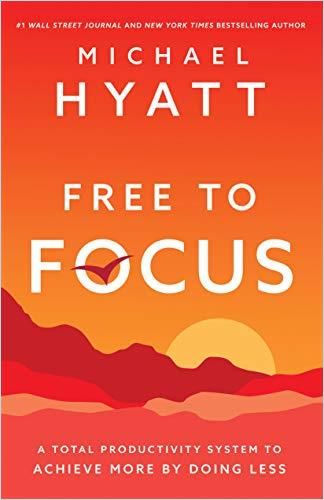
- Set up clear, effective workflow processes – Have people uniformly adopt company-wide tools and processes that enable friction-less collaboration. Cal Newport (A World Without Email) distinguishes between three main workflow processes:
1. Partitioning – Divide the workflow process into clearly-defined sequential phases, specifying the action steps that must occur, and who will perform them.
2. Signaling – Use a notification or signal system to monitor outputs and alert people when it’s their time to take over the next stage of work.
3. Channeling – Create clear channels to deliver relevant information and resources – for example, shared directories or files – from the previous work phase to the next. - Offer flexible work arrangements – Many people can focus best when working from home. Flexible work arrangements also let people synchronize high-focus work with their biological clock. It allows them to conduct their most important tasks when they are at or near their peaks in alertness.
- Make blocking off focus time not just acceptable but a requirement – Have employees block out focus time on their calendar to pursue high-focus work without distraction. No one should feel anxious about missing out or being perceived as disengaged when unplugging intermittently. You may even decide to have collaboration tools turned on and off at certain times.
- Manage by result – Measure performance by result, not the number of hours worked. This provides an incentive for people to make more efficient use of their time and brain power through focus work – which will translate into higher-quality results.
Learn more:
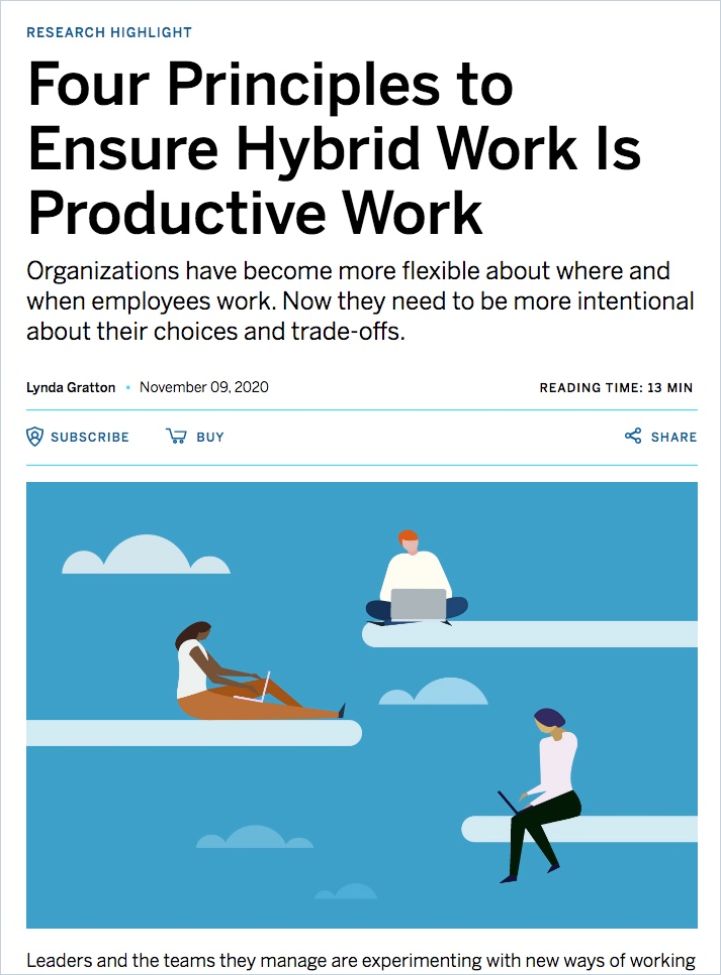
Four Principles to Ensure Hybrid Work Is Productive Work
MIT Sloan Management Review Read SummaryTeams: Define the Rules of the Game
Leaders provide the direction, encouragement and resources. Teams translate them into effective, everyday work practices:
- Agree on acceptable response times for emails and chats – Humans have a tendency to create behavioral norms without explicitly choosing to do so: If someone responds promptly to an email, others do, too, until the group embraces an unhealthy pace of responsiveness. By setting reasonable response time expectations, you liberate team members from the urge of checking their inbox constantly – or of doubling down when someone fails to return a message within two minutes.
- Eliminate incentives for quick-responders – Help each other out by refraining from posting ‘first-come, first-served’ type of requests. No one should feel at a disadvantage by turning off message notifications.
- Treat each other’s focus time as sacred – Don’t message or call a person who has their “do not disturb” mode on – except if there’s an emergency. Schedule a short meeting instead.
- Agree on collaboration times – Decide what parts of the collaboration can be done asynchronously (e.g., brainstorming in a Teams channel) and what parts require everyone to be together in person or virtually. Block times in your calendars for synchronous team work.
- Schedule appointments – Book a short appointment rather than messaging people if you have something quick to discuss. With people you are working together closely, schedule recurring appointments to exchange short status updates.
Learn more:
Individuals: Set Up Your Schedule
Half of all interruptions are self-inflicted. Knowledge workers can adopt a range of best practices to carve out and protect focus time:
- Plan out your workday – Find a personal scheduling system that works for you. If you aren’t already using one, give Cal Newport’s Time-Block Planner a try. Make sure you assign time slots for every task you must complete – including checking email. This helps you focus on one thing at the time and discourages multitasking.
- Work on one thing at a time – Learn to work in concentrated bursts. Consider using the Pomodoro technique to keep your focus. Remember that focus is like a muscle that can be trained – so gradually build up the number and length of focus sessions you complete.
- Use “task batching” – To avoid too much task switching throughout your workday, bundle similar tasks together and do them all in one session. For example, schedule a time slot to respond to all your emails, or to conduct all your phone calls for the day. Tim Ferris explains the finer points of “task batching” in this video.
- Limit email-checking to three to four times a day – Take a proactive approach to email. Set aside time slots in your calendar for checking email. Clarify expectations by adding your email response time to your email signature.
- Disable all email and phone notifications – This is an easy yet effective way of cutting out interruptions. Don’t let incoming messages derail your focus.
- Use a website blocker – Eliminate the temptation to check the news or social media sites during work hours by barring yourself access to these sites with a browser extension, such as Freedom.
- Develop coping mechanisms – Excessive worrying and anxiety are major sources of internal distractions and can derail your focus. Try these four strategies to curb worrying.
- Very important: Breaks are not interruptions – Taking breaks is crucial for optimal performance. Make sure to put them into your schedule. Plan for at least three breaks a day and determine how you will spend them. Rejuvenating activities include moving your body, going outside, socializing or taking a short nap.
Learn more:
The Silver Lining
Considering the many levels at which workflow and quality output can be optimized for knowledge workers, the concept of a four-day workweek no longer seems so far-fetched. Enabling workers to work smarter, not harder, will pay off for companies. A four-year study of 2,500 employees in Iceland found that reducing their working hours to 35 to 36 hours did not diminish, but increased, their productivity. In addition, employees’ well-being improved. On average, study participants suffered from less stress and burnout, and reported improvements in their overall health and work-life satisfaction.
Taking a longer-time view, Cal Newport contends that knowledge workers won’t be able to compete with AI if they don’t hone the one skill that sets them apart: the ability to extract value from information and make unique connections and inferences.
Another survival skill for knowledge workers is continual learning and upskilling. The ability to focus and work deeply is a prerequisite to excel at all these essential knowledge work activities.
Excess interruptions, then, will not only rob you of your time. They will gnaw on your health, well-being, mental capabilities – and interfere with your ability to compete in an increasingly automated knowledge economy. So turn on your “do not disturb” button – and hunker down.
